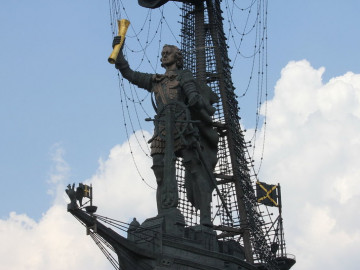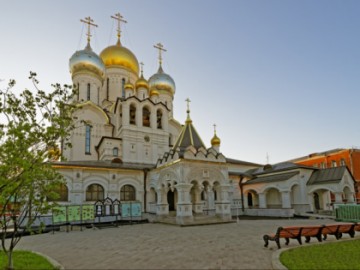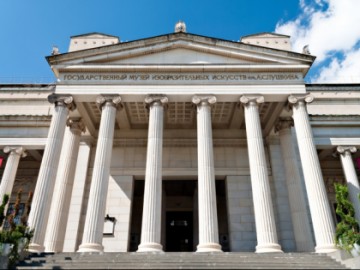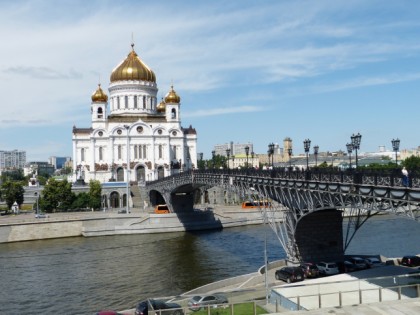Cathedral of Christ the Saviour - the Largest Cathedral in Russia
The first Church of Christ the Saviour was built in 1817 in Moscow on the Sparrow Hills (Vorobyovy Gory) with the participation and at the initiative of Alexander I. The temple was supposed to remind of the victory of Russians over the French in the Patriotic War of 1812. However, that project fell through. The architect Karl Vitberg was accused of embezzlement and brought to court. In 1831, Tsar Nicholas I appointed a new architect Konstantin Thon and chose a new site for this grandiose project - near the Moskva River, on Volkhonka Street.
The Cathedral of Christ the Saviour was consecrated only in 1883. During the Soviet regime, it was decided to build a Palace of the Soviets on the site of the cathedral. For this reason, the temple was blown up on December 5, 1931. It took a year and a half to clear the debris from the site. And hardly had the construction of the Palace of the Soviets started, than the Great Patriotic War began. As a result, a swimming pool named Moskva pool (Moscow pool) appeared in this place in the 1960s, which existed until 1994. The Cathedral of Christ the Saviour was rebuilt by 1999. The modern cathedral is a replica of the historical one. It holds 10 thousand people, as before, its height reaches 105 meters, and the gilded painting inside covers an area of 22 thousand square meters! A wonderful mini-park is laid out near the cathedral, with flower beds, alleys, benches and a monument to Alexander II. Nearby there is a pedestrian Patriarchal Bridge, which crosses the Moskva River and connects Prechistenskaya and Bersenevskaya embankments. The bridge offers beautiful panoramic views of the architectural ensemble of the Moscow Kremlin and the highly ambiguous monument to Peter the Great by Zurab Tsereteli.











































